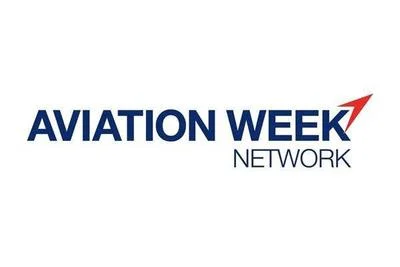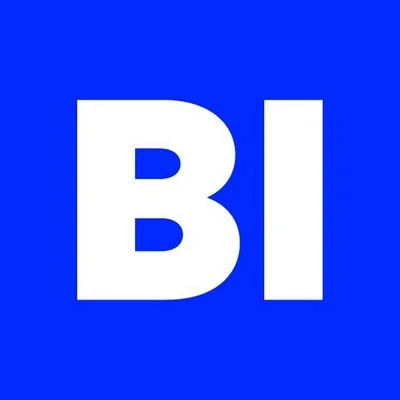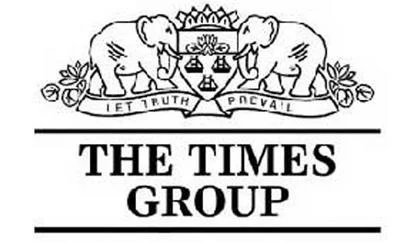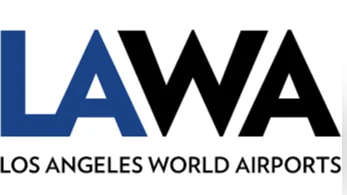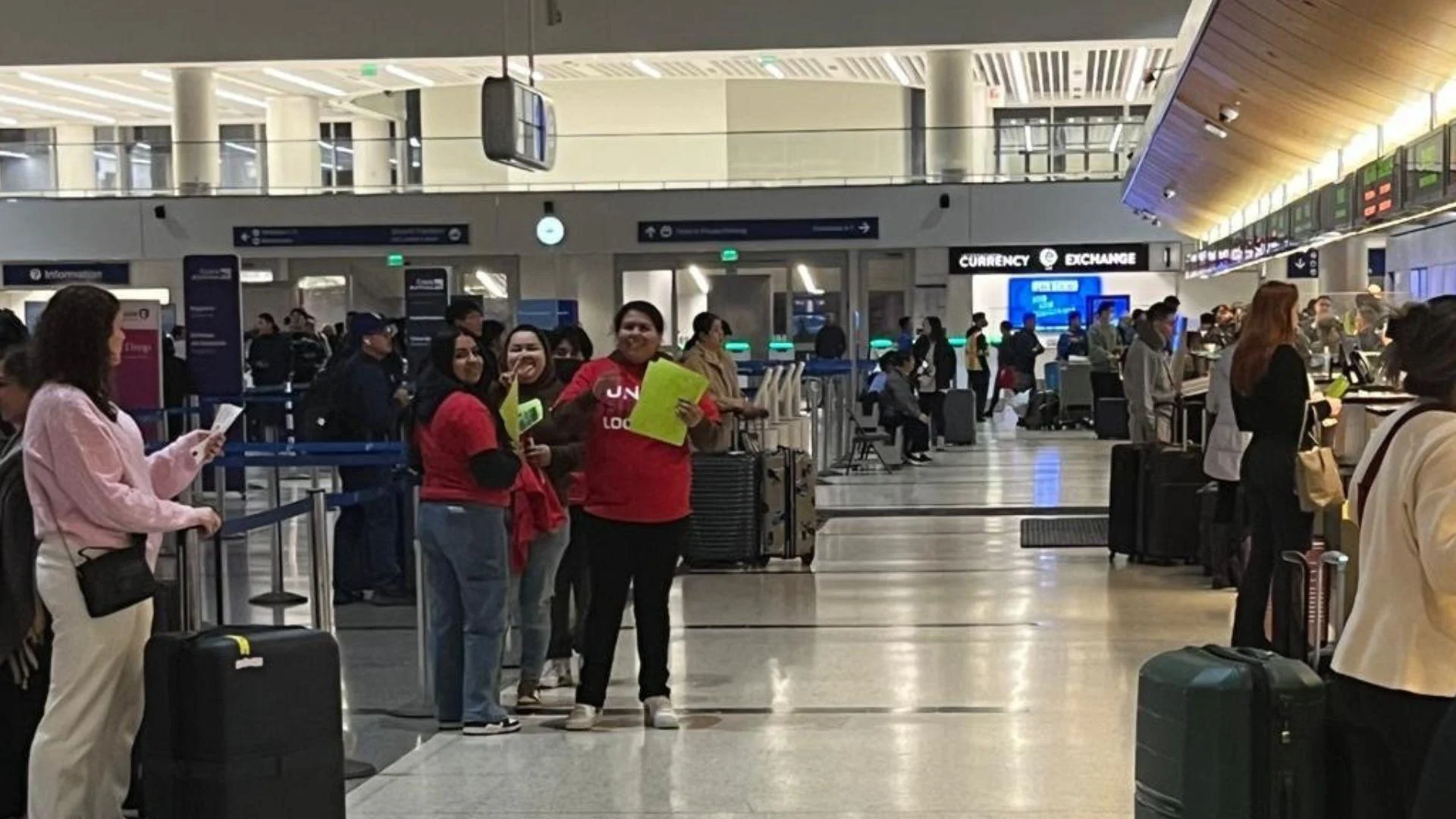According to ICAO, precise RVR assessments are mandatory when visibility falls below 800 meters. Below this threshold, RVR reporting is required for precise approaches and landings with values ranging from below 50 m to 2000 m. Historically, human observers manually assessed visibility by counting runway edge lights but this method is impractical due to potential errors.
Modern RVR systems use advanced sensor technologies: transmissometers measure light attenuation directly and forward scatter sensors assess light scattering caused by airborne particles. The choice between these depends on an airport’s operational needs.
High-traffic or international hubs might prioritize transmissometers due to their precision while regional airports could benefit from forward scatter sensors’ cost-effectiveness and flexibility.
ICAO recommends placing RVR sensors at three key locations: touchdown zones where landing decisions are made; midpoints along the landing path; endpoints ensuring complete coverage for departures and landings.
Integrating RVR systems with runway lighting enhances decision-making accuracy as readings fluctuate based on lighting conditions. Data accessibility is crucial; ATC personnel need real-time values displayed on dedicated screens for effective communication with pilots.
Routine maintenance ensures long-term reliability of RVR systems through regular cleaning, calibration updates, and redundancy measures to prevent disruptions during failures.
Costa Rica's Juan Santamaría International Airport serves as an example where an automated transmissometer-based system improved efficiency during inclement weather by providing continuous real-time data aiding faster air traffic control decisions.
As aviation technology advances further investment in modern RVR systems supports operational safety enhancing passenger trust by minimizing disruptions elevating safety standards across airports globally.
"Seeing the Approach Forward: Why RVR Investment Pays Off"
 Alerts Sign-up
Alerts Sign-up
